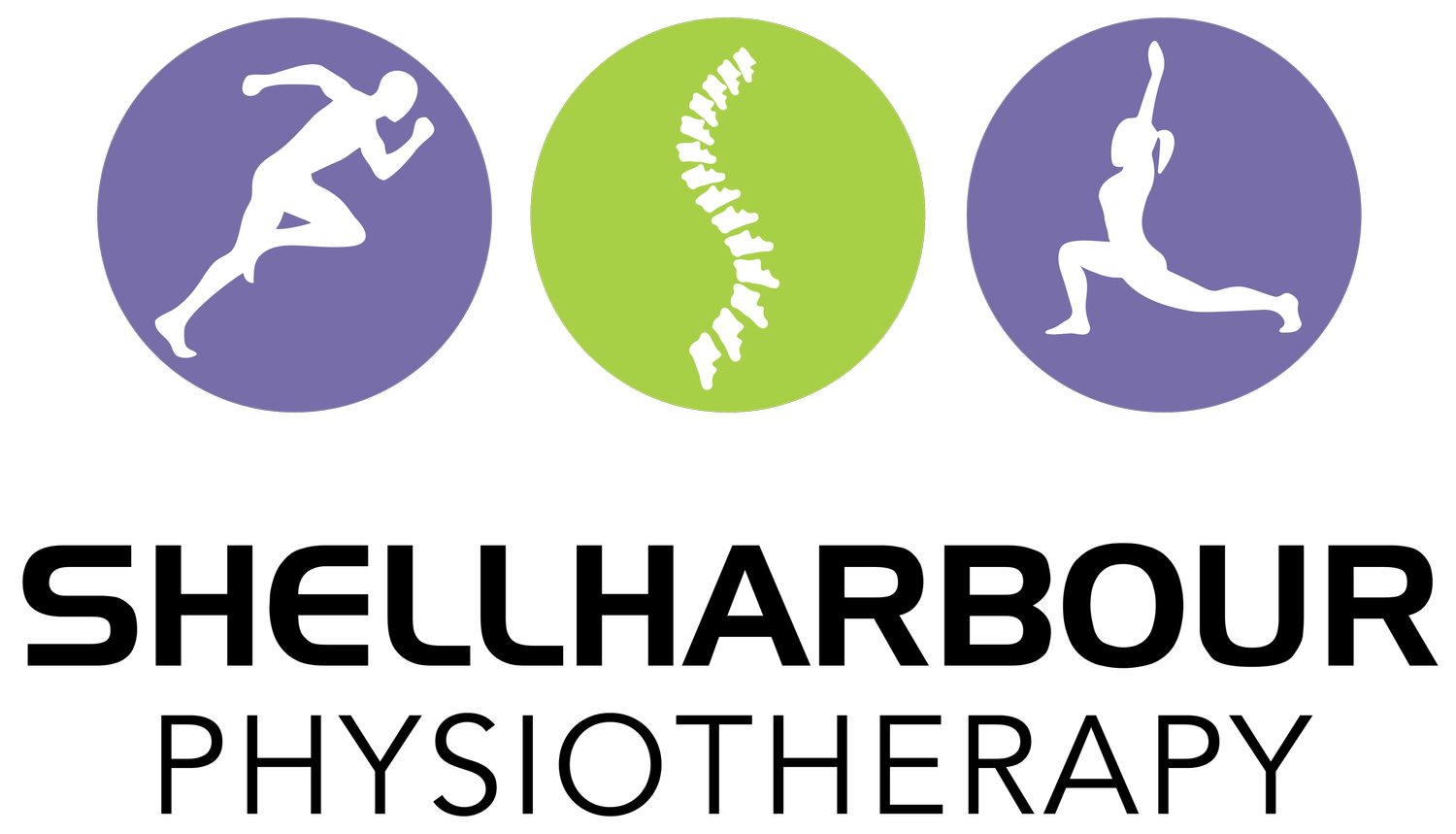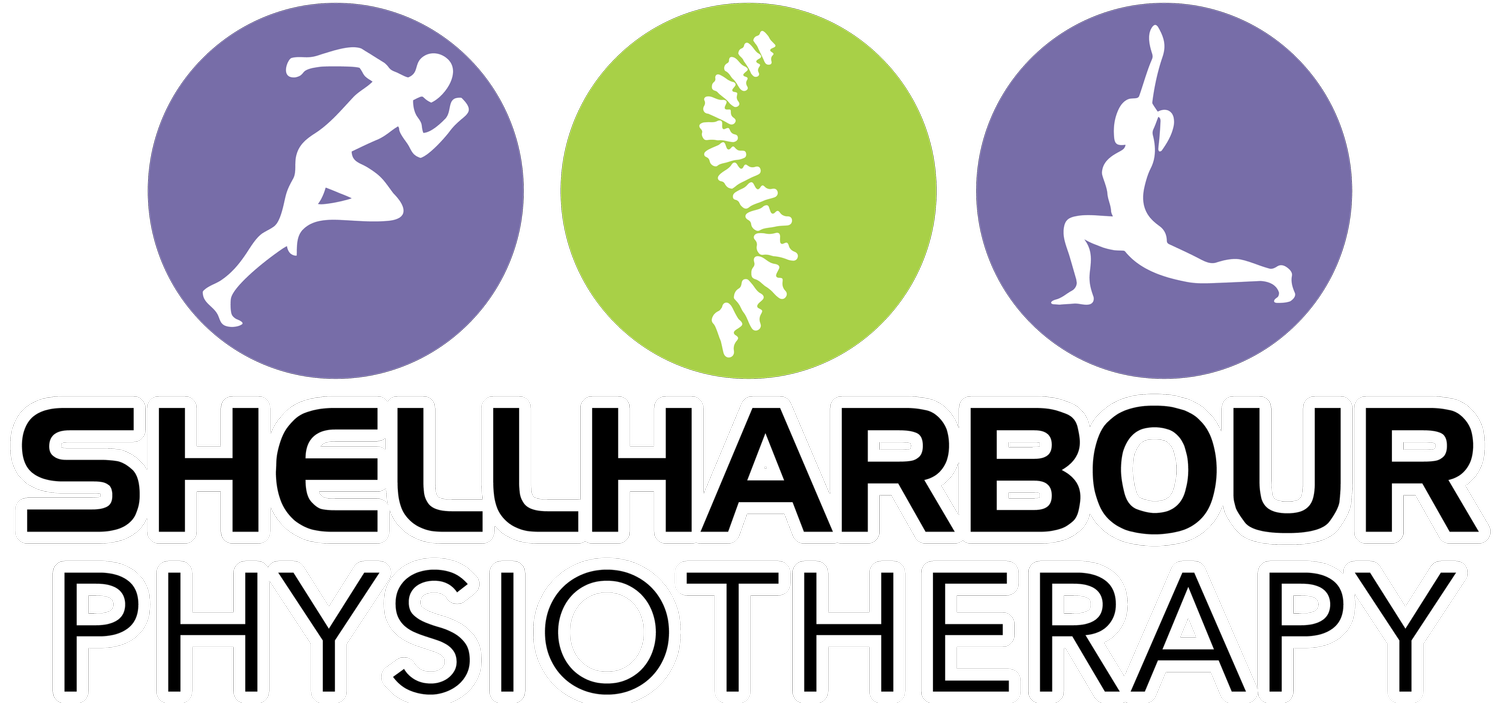GRIP STRENGTH: BENEFITS, TYPES & EXERCISES
If you have a weak grip then you could be at risk of developing acute or chronic issues with your wrist, elbow and even your shoulder.
Although it’s not a given, having a strong and long-lasting grip can go a long way in avoiding long-term issues and maintaining a high quality of life.
benefits of Grip Strength
Athletes across multiple sports have seen the benefits of grip strength training especially in ball, racket and combat sports. Increasingly more research is being done on the specific correlation between grip strength in sports and risk of injury to the athlete’s wrist, elbow and shoulder.
Until recently, grip strength was one of the main predictors for maintaining quality of life in senior years. One study of 140,000 participants showed that a lower level of grip strength was highly correlated to increased risk of mortality, despite differing socio-economic standing. The researchers found that grip strength had a higher predictive value than blood pressure readings. It is unknown if this is due to functionally active people tend to have high grip strength levels or not.
Finally, the identification of lower grip strength and the risk of rotator cuff injury is greatly undervalued. For those with especially painful shoulders, exercise grip specific training could be a way to training the shoulder as pain settles and allow progression onto specific shoulder rehabilitation.
Grip STRENGTH Ranges
Not everyone has access to a grip dynamometer, but we do use grip strength testing at Shellharbour ↗ and Albion Park Physiotherapy ↗ as part of our assessment for those with hand, wrist, elbow and shoulder issues.
If you can’t make it into the clinic and are having trouble with daily tasks related to grip strength, then it could be a sign it’s something to start working on.
The below table shows the most current grip strength ranges for both male and female from ages 19 to 75. The total sample size was 200,000.
| Grip strength (kg) | |||||||||
|---|---|---|---|---|---|---|---|---|---|
| Percentiles | |||||||||
| Age | n | 5th | 10th | 25th | 50th | 75th | 90th | 95th | Mean (SD) | Men |
| 19-24 | 3,140 | 32.6 | 35.8 | 41.5 | 47.3 | 53.6 | 59.5 | 63.8 | 47.6 (9.4) |
| 25-29 | 6,615 | 34.5 | 38.0 | 43.2 | 49.0 | 55.5 | 61.6 | 65.2 | 49.4 (9.4) |
| 30–34 | 5,507 | 35.8 | 39.4 | 45.0 | 50.8 | 56.8 | 62.5 | 65.9 | 50.9 (9.3) |
| 35–39 | 5,041 | 37.0 | 40.3 | 45.7 | 51.7 | 57.7 | 63.1 | 66.7 | 51.7 (9.1) |
| 40–44 | 10,670 | 36.9 | 40.4 | 45.7 | 51.3 | 57.3 | 62.9 | 66.3 | 51.5 (9.0) |
| 45–49 | 15,338 | 36.4 | 39.8 | 45.2 | 50.8 | 56.4 | 61.5 | 64.9 | 50.7 (8.7) |
| 50–54 | 14,356 | 35.3 | 38.7 | 44.0 | 49.3 | 54.9 | 60.1 | 63.2 | 49.4 (8.6) |
| 55–59 | 12,167 | 33.5 | 36.9 | 42.2 | 47.6 | 52.8 | 57.8 | 60.7 | 47.4 (8.4) |
| 60–64 | 12,598 | 32.2 | 35.2 | 40.0 | 45.3 | 50.5 | 55.3 | 58.3 | 45.2 (8.1) |
| 65–69 | 12,106 | 30.8 | 33.6 | 38.2 | 43.3 | 48.1 | 52.8 | 55.8 | 43.2 (7.7) |
| 70–75 | 2,211 | 29.2 | 31.9 | 36.3 | 41.3 | 46.3 | 50.7 | 53.6 | 41.3 (7.4) |
| All | 99,749 | 33.6 | 36.9 | 42.4 | 48.1 | 54.1 | 59.8 | 63.3 | 48.3 (9.1) | Women |
| 19-24 | 3,476 | 21.2 | 23.4 | 26.8 | 30.4 | 34.1 | 37.6 | 39.6 | 30.5 (5.6) |
| 25-29 | 6,512 | 22.1 | 24.2 | 27.4 | 31.0 | 34.8 | 38.4 | 40.6 | 31.2 (5.7) |
| 30–34 | 5,572 | 22.5 | 24.7 | 28.1 | 31.9 | 35.6 | 39.0 | 41.2 | 31.9 (5.7) |
| 35–39 | 5,200 | 22.9 | 25.1 | 28.6 | 32.5 | 36.1 | 39.5 | 41.5 | 32.3 (5.7) |
| 40–44 | 10,435 | 23.1 | 25.3 | 28.6 | 32.3 | 36.1 | 39.6 | 41.7 | 32.4 (5.7) |
| 45–49 | 15,706 | 22.8 | 24.9 | 28.4 | 31.9 | 35.5 | 39.0 | 41.2 | 31.9 (5.7) |
| 50–54 | 14,746 | 21.3 | 23.4 | 27.1 | 30.6 | 34.3 | 37.5 | 39.7 | 30.6 (5.7) |
| 55–59 | 12,401 | 20.6 | 22.7 | 25.9 | 29.3 | 32.6 | 35.8 | 37.6 | 29.2 (5.3) |
| 60–64 | 12,964 | 19.9 | 21.8 | 24.8 | 28.0 | 31.3 | 34.3 | 36.3 | 28.0 (5.1) |
| 65–69 | 11,630 | 18.8 | 20.7 | 23.7 | 26.8 | 30.0 | 32.9 | 34.8 | 26.8 (4.9) |
| 70–75 | 1,998 | 18.2 | 19.9 | 23.0 | 25.9 | 28.8 | 31.4 | 33.1 | 25.8 (4.6) |
| All | 100,640 | 20.9 | 23.0 | 26.3 | 30.1 | 33.9 | 37.5 | 39.7 | 30.1 (5.8) |
Types of grip
Tip pinch:
Think about picking up your keys or using a pencil. Very functional for daily fine motor tasks.
Lateral pinch:
Similar to the tip pinch but relating more to holding a cup and saucers or bank card.
Chuck grip:
Opening jars, picking up water bottles and even adjusting the volume on your car radio.
Diagonal power:
Garden tools and racket sports.
Cylinder power:
Similar to diagonal power but less control.
Crush grip:
Common in training methods but very few times in life do we need to crush what we are holding.
Extension grip:
Holding the latest limited edition Harry Potter or unpacking the dishwasher.
Five finger grip:
Fine manipulation for utensils.
Spherical grip:
Day-to-day tasks and very specific to ball sports.
Grip Strength Exercises
To train all these types of grips would be excellent but most people only need to strengthen a few types. We also save time and avoid overstressing specific joints by ramping up our training incrementally over time.
WARM UP
Make sure to warm up your wrists, hands and elbows thoroughly prior to any of the below. Start with:
elbow/wrist circles for 30-40 reps
open and close your hands for 30-40 reps
palms up, palms down for 30-40 reps
For those who are new to grip training this could be plenty to get started.
Reverse curl
Excellent to tie the forearm wrist and upper arm together.
This can be done with two light dumbbells or tins cans of food.
Hold them by your sides with palms facing your thighs.
Using your elbow curl up to a position around chest level and lower under control.
Someone just starting could safely perform 2 x10 reverse curls.
Hammer pro/supination
Building very functional twisting strength and grip strength
This can be done with your elbow supported or unsupported.
Start with the hammer upright and slowly lower it away from you and out to the side by letting your wrist twist.
Slowly return to the start and repeat on the opposite side.
Only rotate to a comfortable position.
Someone just starting could safely perform 2 x 5 each way hammer supination/pronation.
Blob hold
A must for those that love working in the garden or carrying the shopping back home in one trip.
This can be done with dumbbells or tins cans of food.
Simply grab hold over the top and hold for time.
A more advanced version is to do the above while walking a set distance.
Always remember quick feet are happy feet, or just wear steel caps.
Someone just starting could safely perform 2 x10 sec bolb hold.
Towel Twist
Wrist extension, flexion and finger strength. Any towel or rag will do. No need for it too be wet.
Simply twist until tight then try to squeeze a few more turns out of it.
Always repeat on opposite twist.
Someone just starting could safely perform 2 x 5 each way towel twist.
Eagle Claws
Static strength and finger/elbow health
The video shows an advanced version but many can start just by placing their finger tips on a wall while applying some bodyweight.
Act as if your trying to hold an invisible ball.
Hold.
Someone just starting could safely perform 2 x10 sec eagle claws on the wall.
Some would say this looks too easy and they may be right. However, slow but consistent progress is best in order to avoid tendinopathy in the wrist or elbow. Twice per week is also a good place to start with at least two days rest in between.
When feel like you’re ready to progress, think small. An extra few reps here or a slightly heavier load for ONE set.
Never increase the load and the reps on the same exercise at the same time.
Enjoy your new training and new found grip strength. If you have any questions, feel free to come on in for a full assessment to find more specific exercises to suit your goals and needs.












